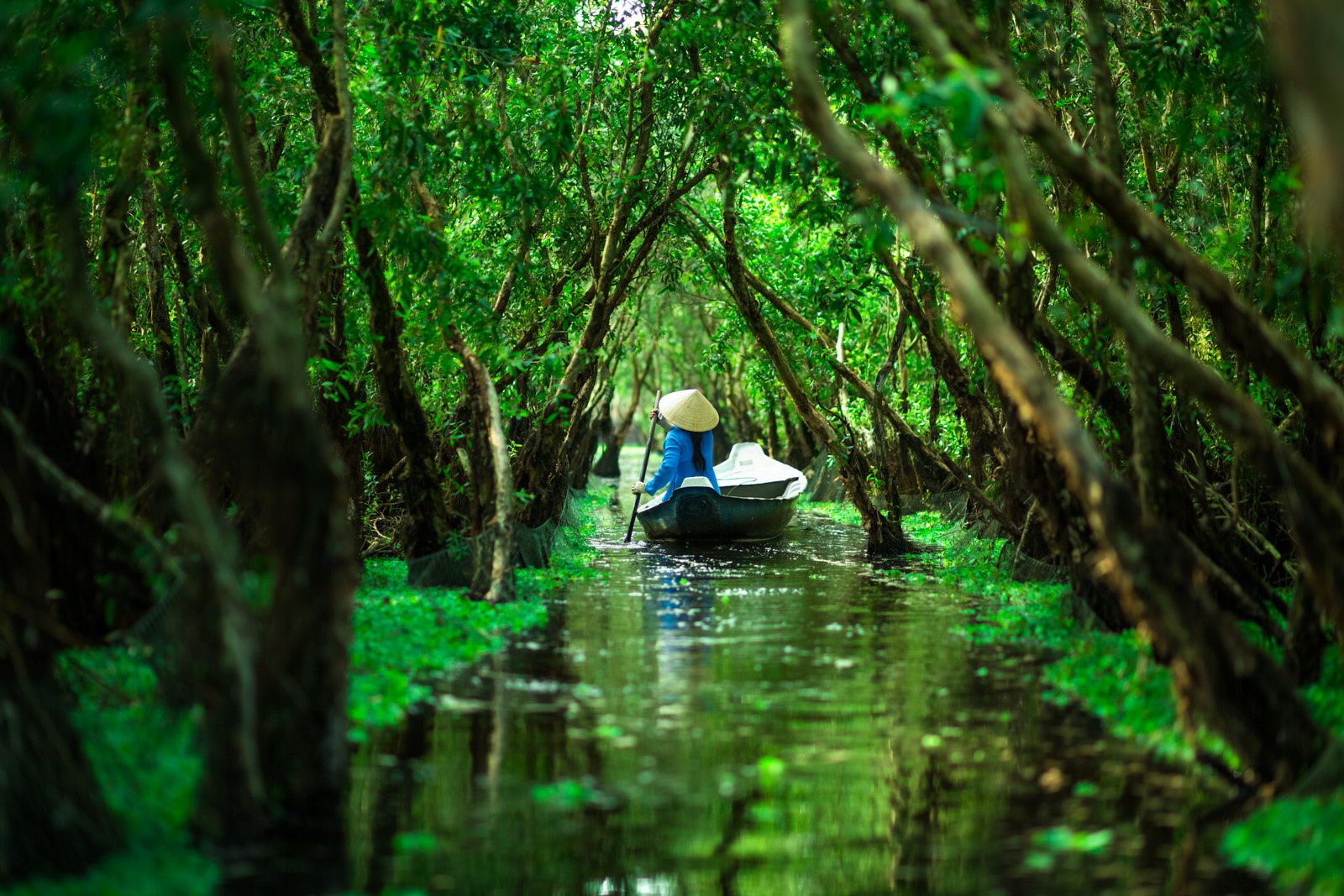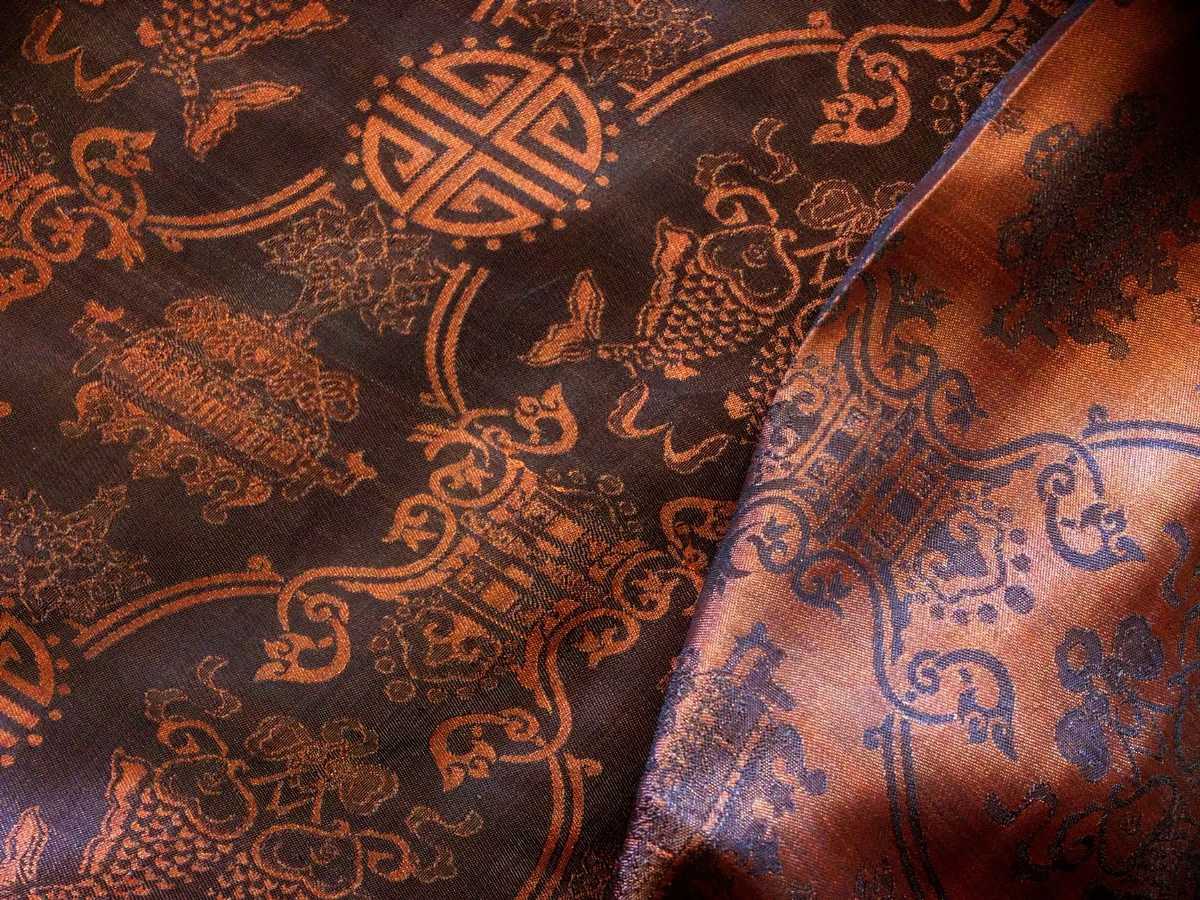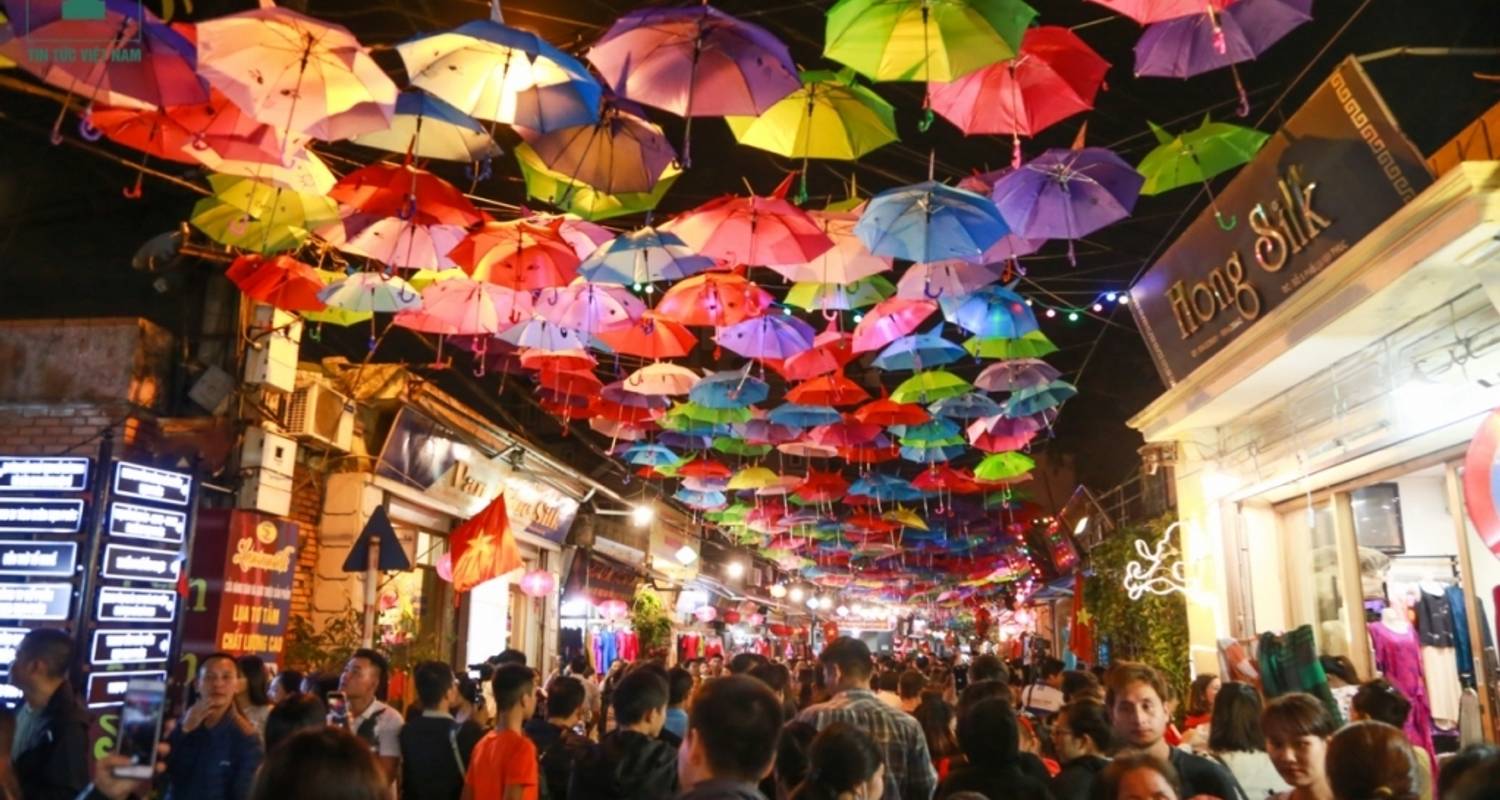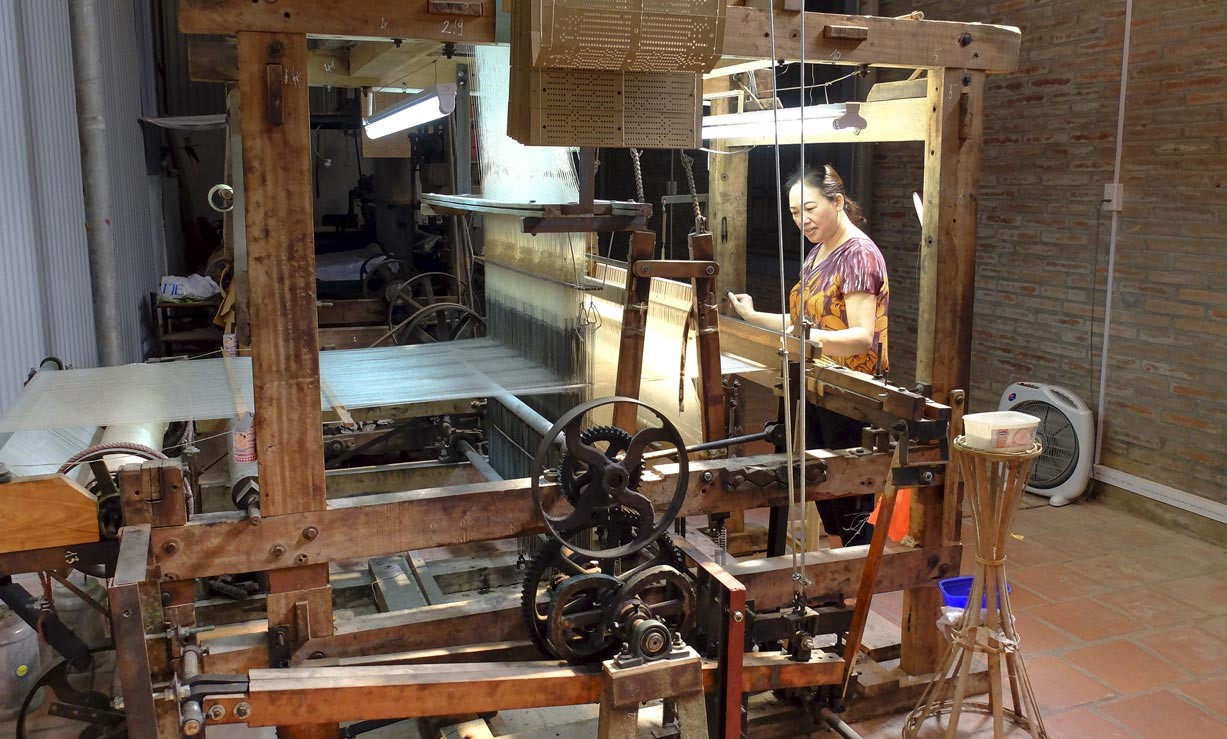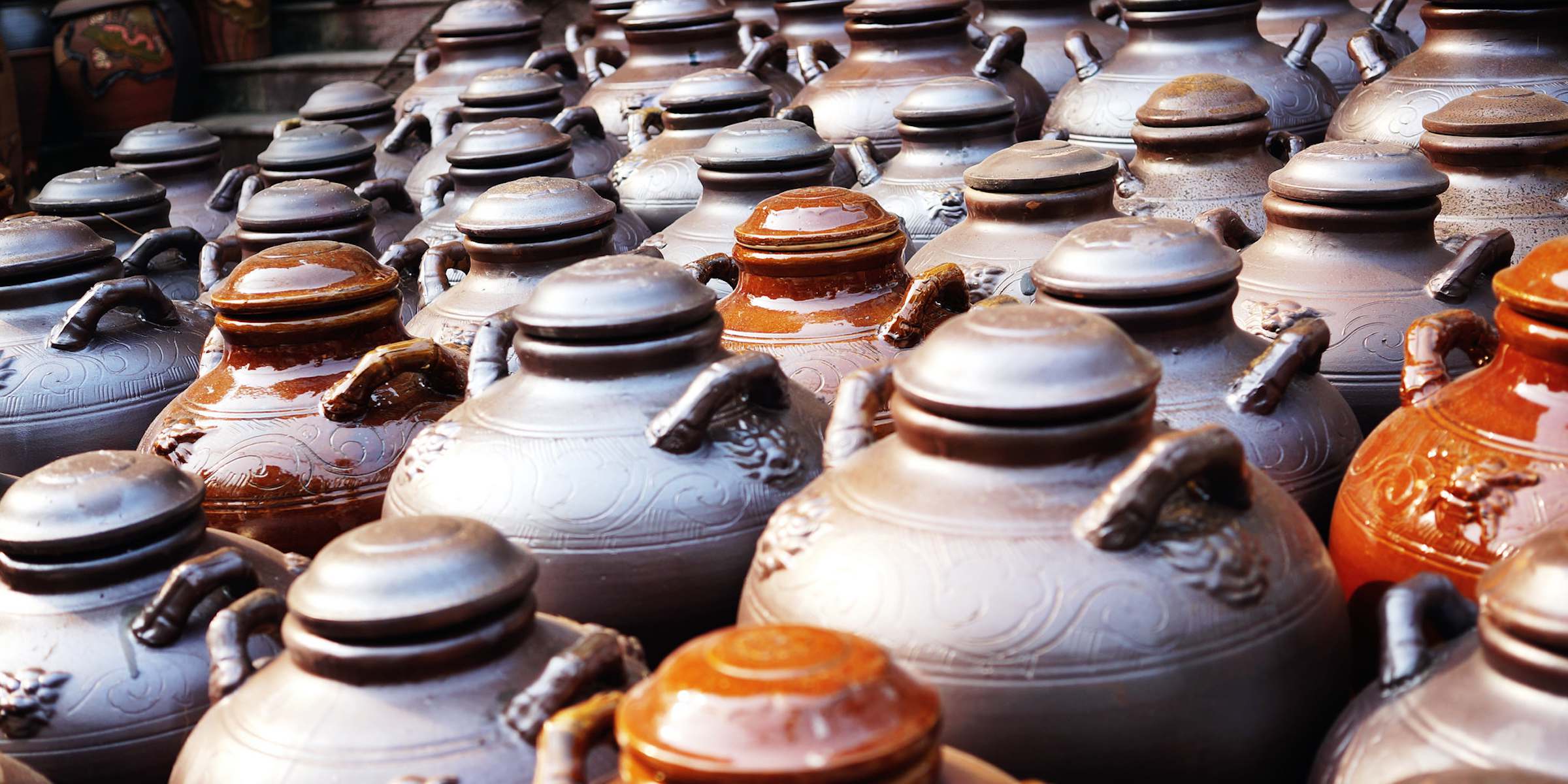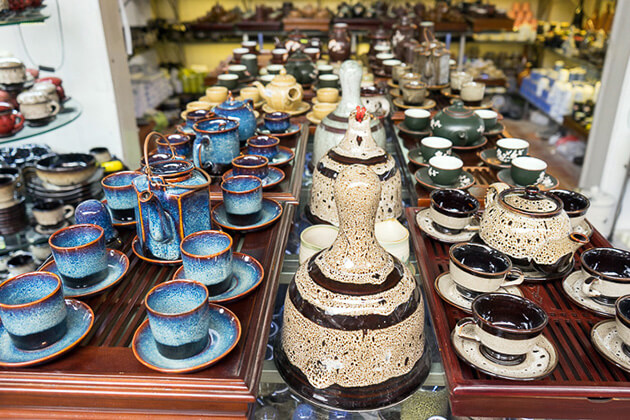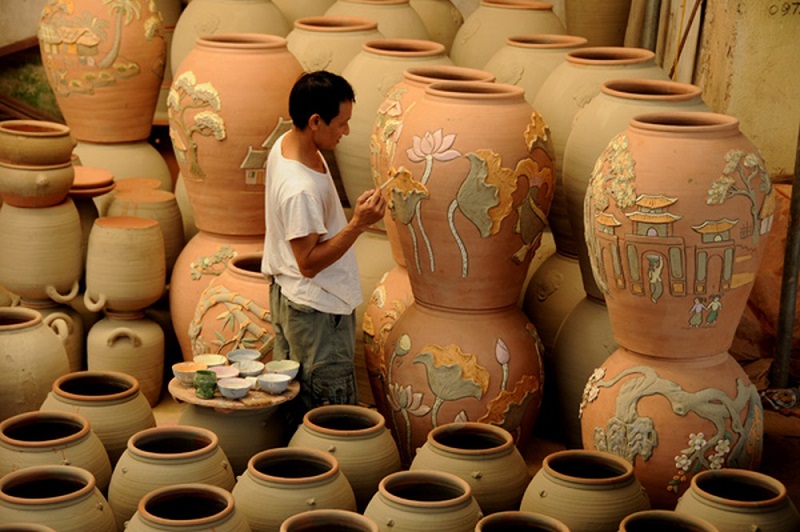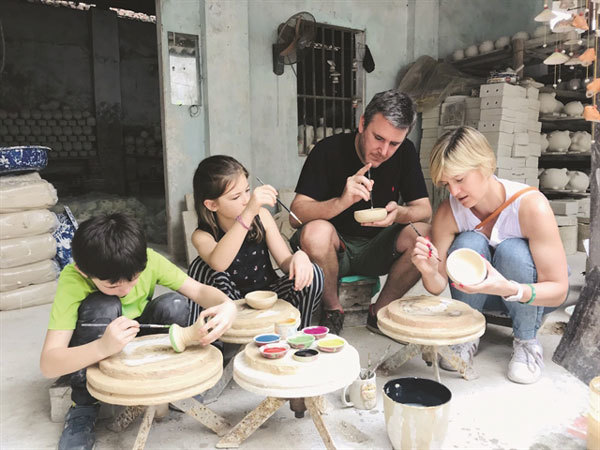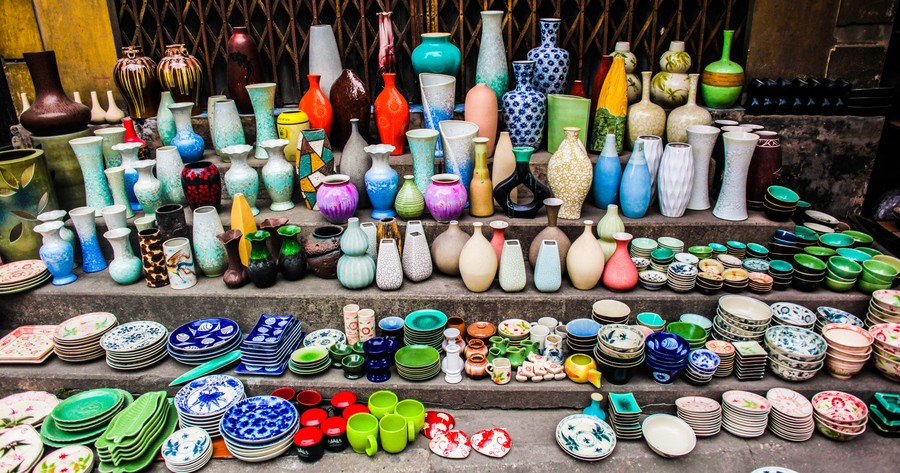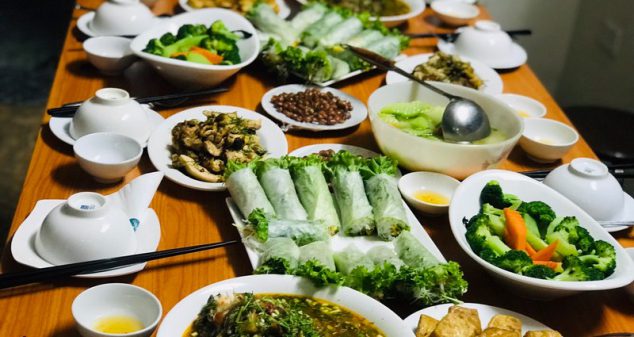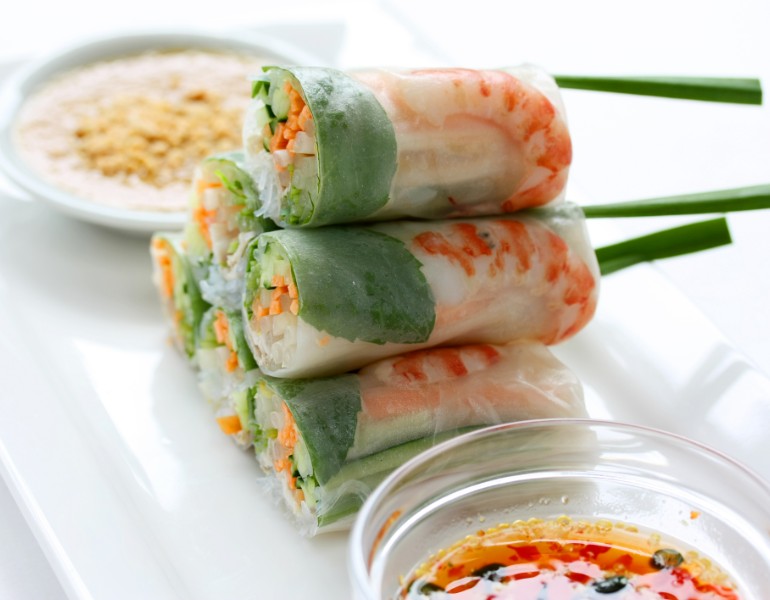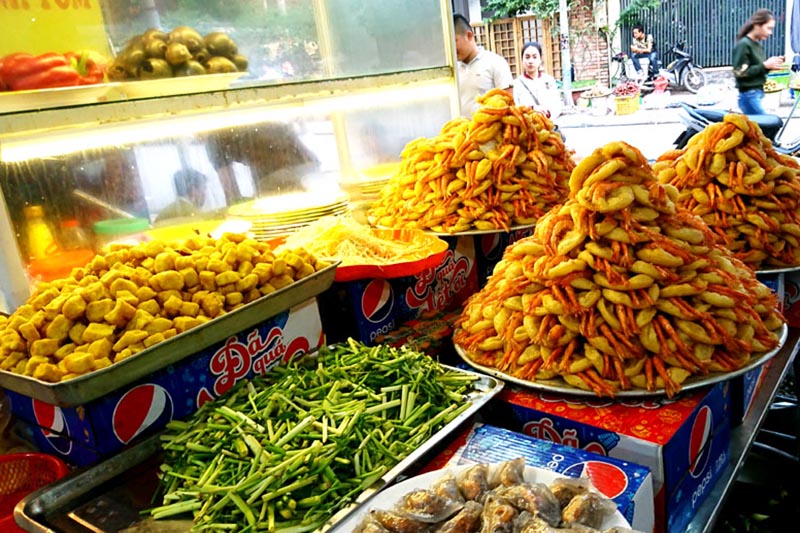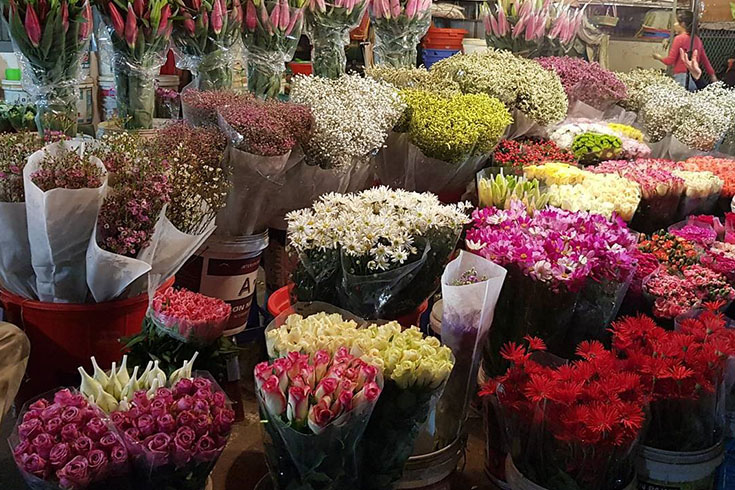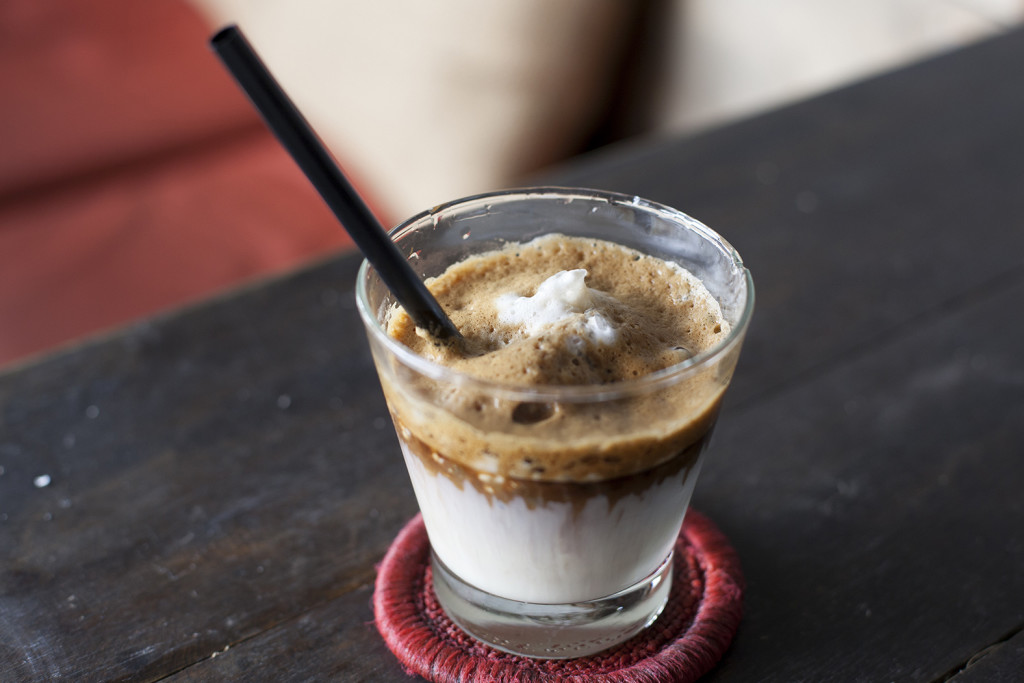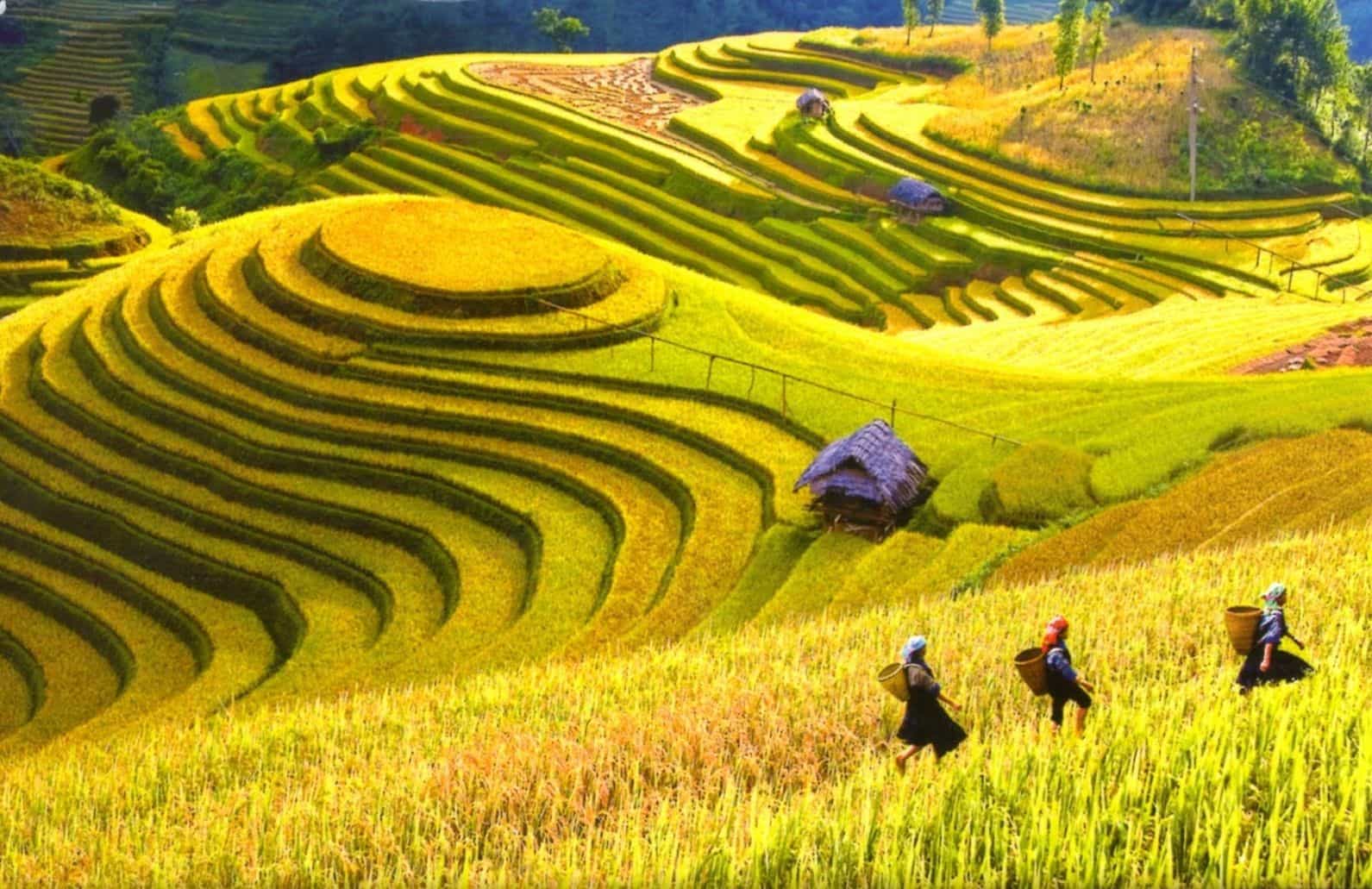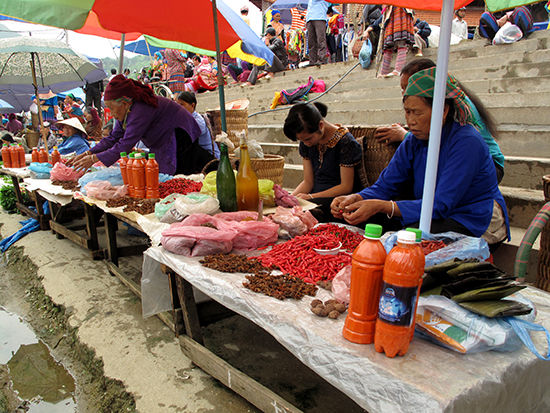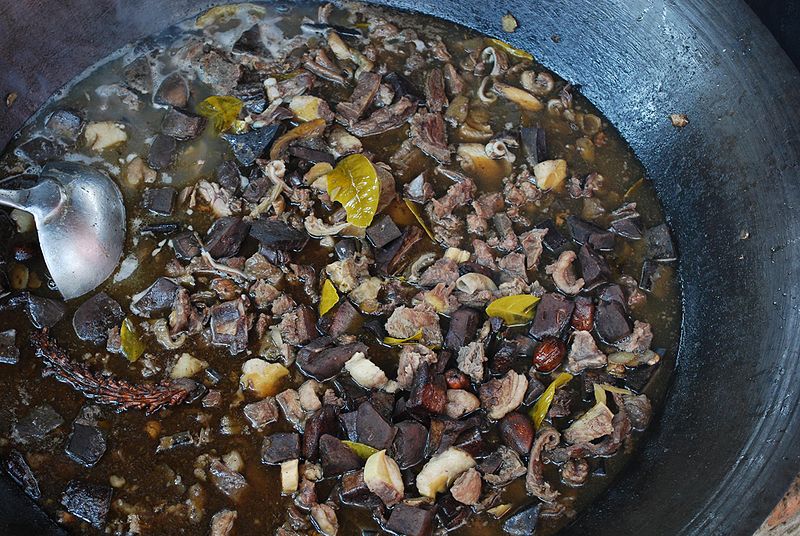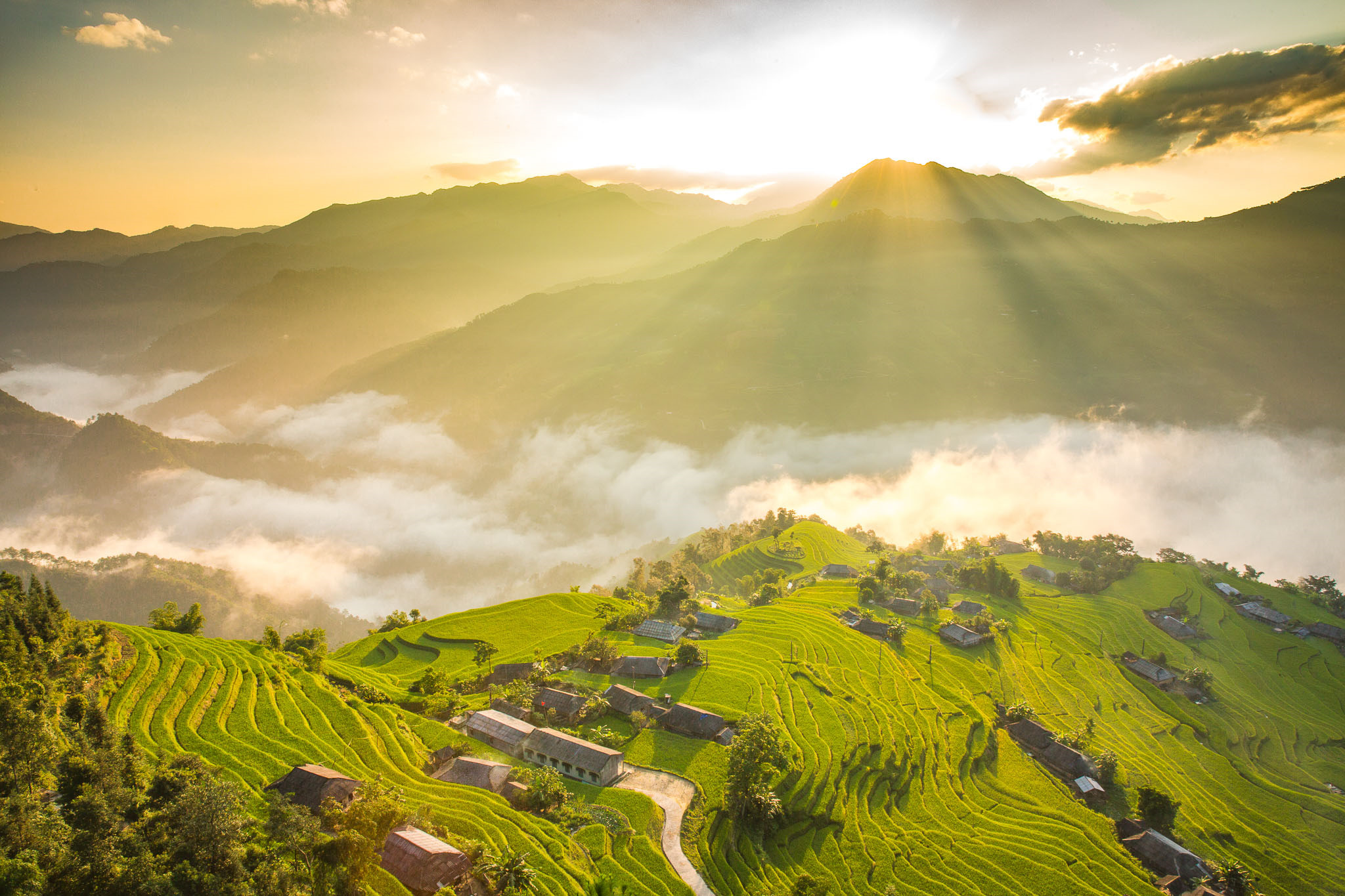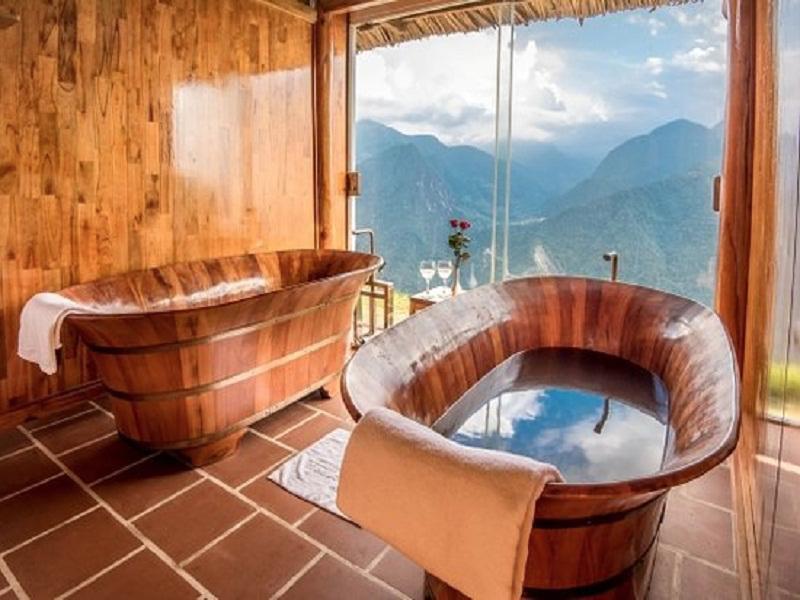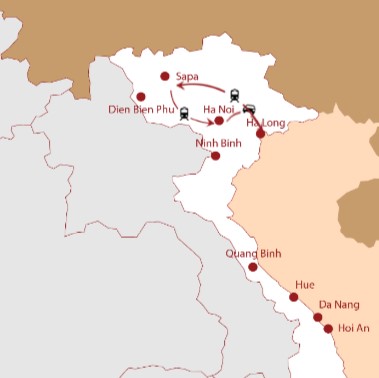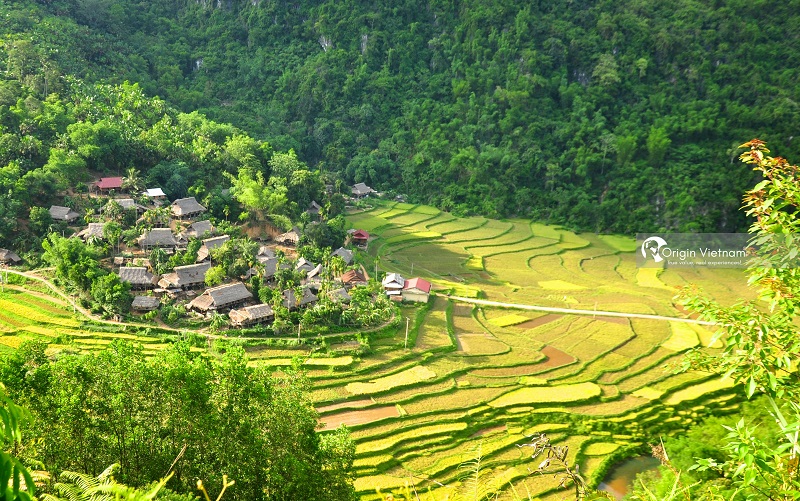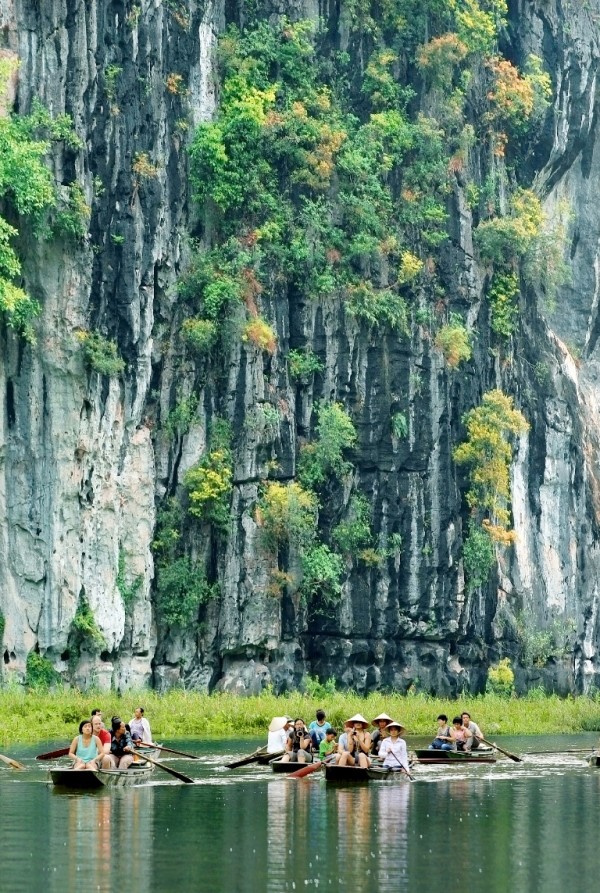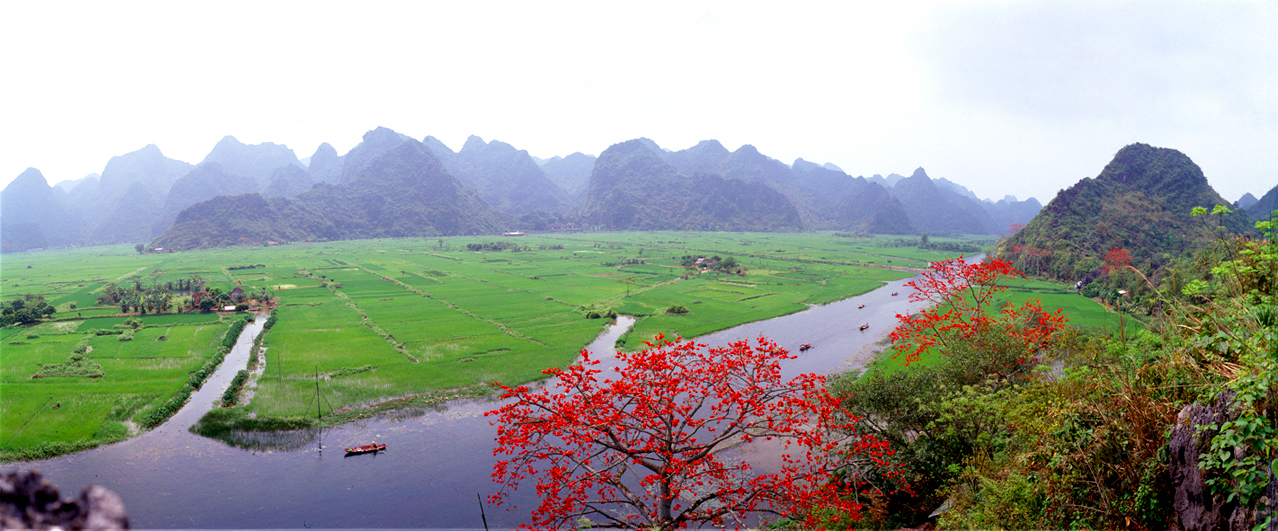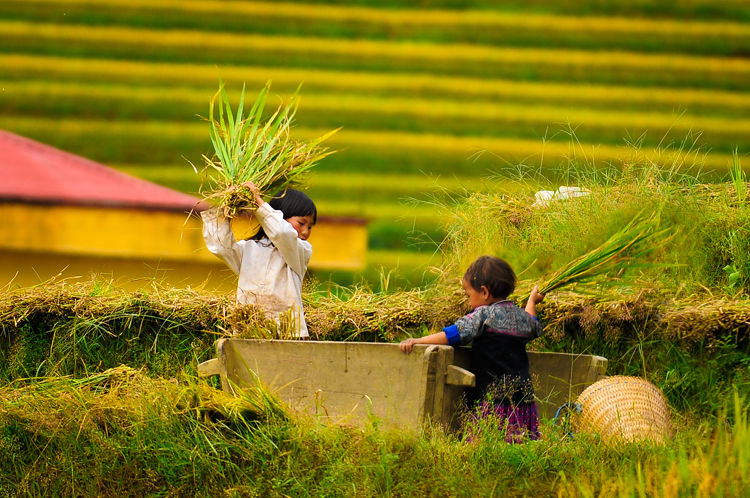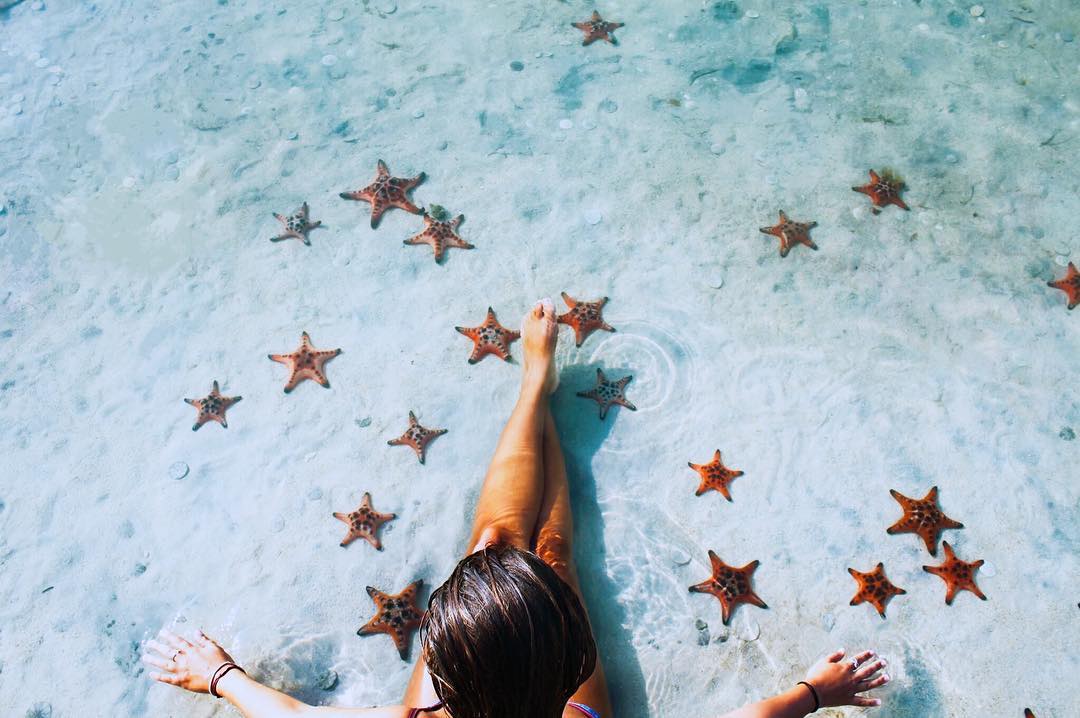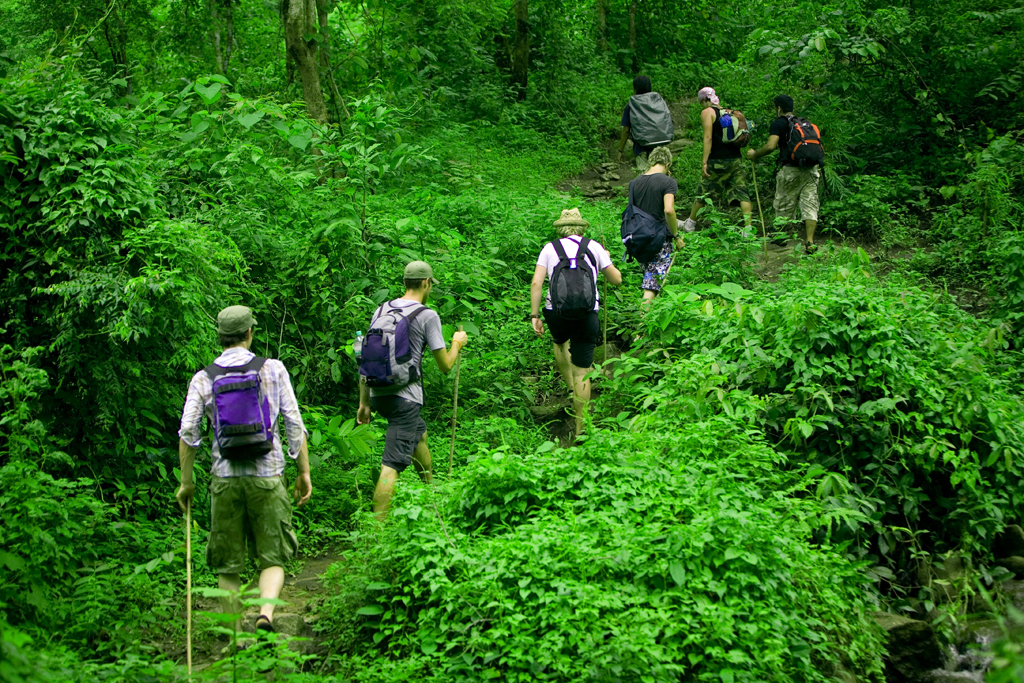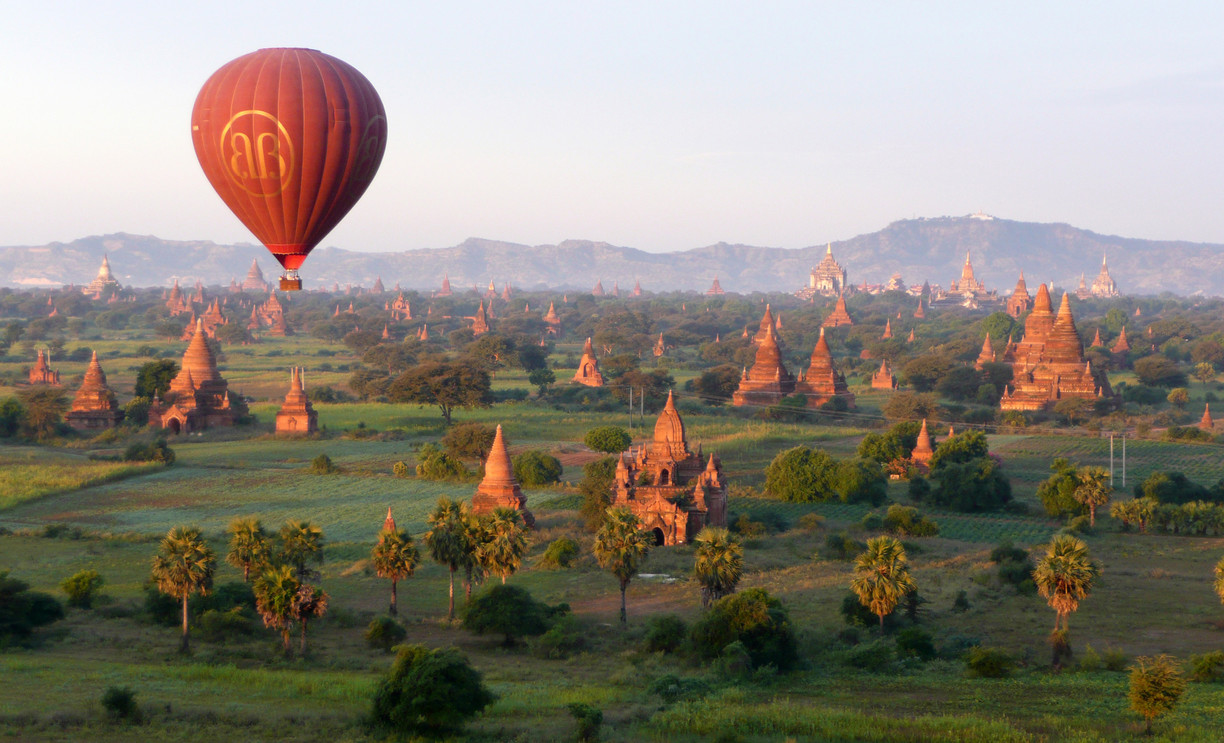For those who want to experience the best of Vietnam in 8 days : both exploring asian culture and relaxing at the world most beautiful beaches, North and Central Vietnam is ideal destination. In this article, we will show you the best North and Central Vietnam itinerary just only in 8 Days with detail itinerary/ estimated cost and maps and how to make the most of your holiday.
You might also like: what to do in Hanoi for a week
North and Central Vietnam Brief Itinerary
Day 1: Hanoi Arrival
Day 2: Hanoi – Halong Bay
Day 3: Halong Bay – Hanoi – Foody Tour
Day 4: Explore Hanoi city – Fly to Danang
Day 5: Danang – Bana Hills/ w Golden Bridge
Day 6: Danang – Marble Mountain – Hoi An Ancient Town
Day 7: Hoi An countryside – Be a Vietnamese farmer in 1 day
Day 8: Danang Departure
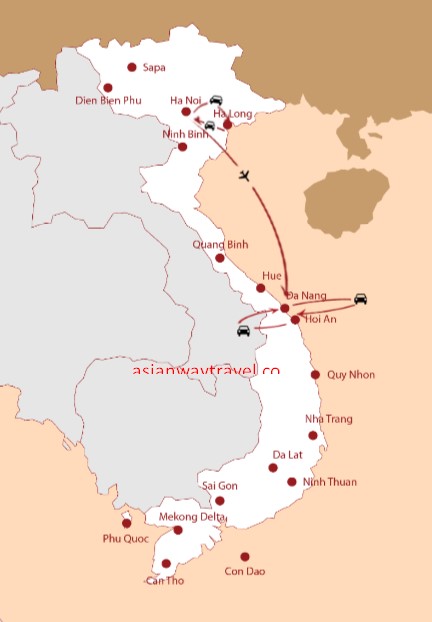
Detailed North and Central Vietnam Itinerary
Day 1: Hanoi – The capital of Vietnam
Hanoi – the capital of Vietnam. Many visitors choose to fly into Hanoi and use it as the starting point to explore the country. The bustle and hustle city with over 1000 years of history has so many things to offer and it seems to be fit for anyone.
On the first day of your North and Central Vietnam trip, you will be landing at Hanoi International Airport. Grab a taxi and drive about 30 minutes to Hanoi Center. I recommend to book your hotel at Hanoi Old Quarter – this place is very central and you can easily to explore Hanoi by foot.
Day 2: Hanoi – Halong Bay
After enjoying your breakfast at the hotel, leave Hanoi for Halong Bay at 7:00 am. Halong Bay is a fantastic place to be – known for its emerald waters and thousands of towering limestone islands topped by rainforests and spending a night on a cruise is a must-do experience in North Vietnam.

Thanks to the newly modern expressway, the transfer time from Hanoi to Halong Bay are now shortened from 4 hours to 2.5 hours. There are many kinds of cruises in Halong Bay ranging from budget to luxury and with different routes: Lan Ha Bay, Halong Bay and Bai Tu Long. See more how to choose the best Halong Bay Cruise and how to maximize your experience in Halong Bay
There are many exciting activities on the cruise such as: cooking class, kayacking, swim, visit floating villages or climb to the top mountain to see the sunset. You will never forget this experience.
Day 3: Halong Bay – Hanoi – Foody Tour
After cruising along Halong Bay, drive back to Halong Bay by shuttle bus. Please make sure that you book a 2-way ticket of Hanoi – Halong with your tour operator. (Since many Halong Bay cruises do not include the fare for shuttle bus)
Depending on our schedule of the cruise, you will leave Halong Bay harbor at around 11:00 am and from there, the shuttle bus will take you back to Hanoi around 12:00pm.
Back to Hanoi around 3:00pm, you will have time to start to explore Hanoi city.
At night, you can either choose to see the cultural Show such as Vietnamese Puppet Show or Lang Toi Show or hop on a motobike and explore Hanoi street food with Hanoi Foody Tour by Motobike. This is very exciting experience and everyone will love it.
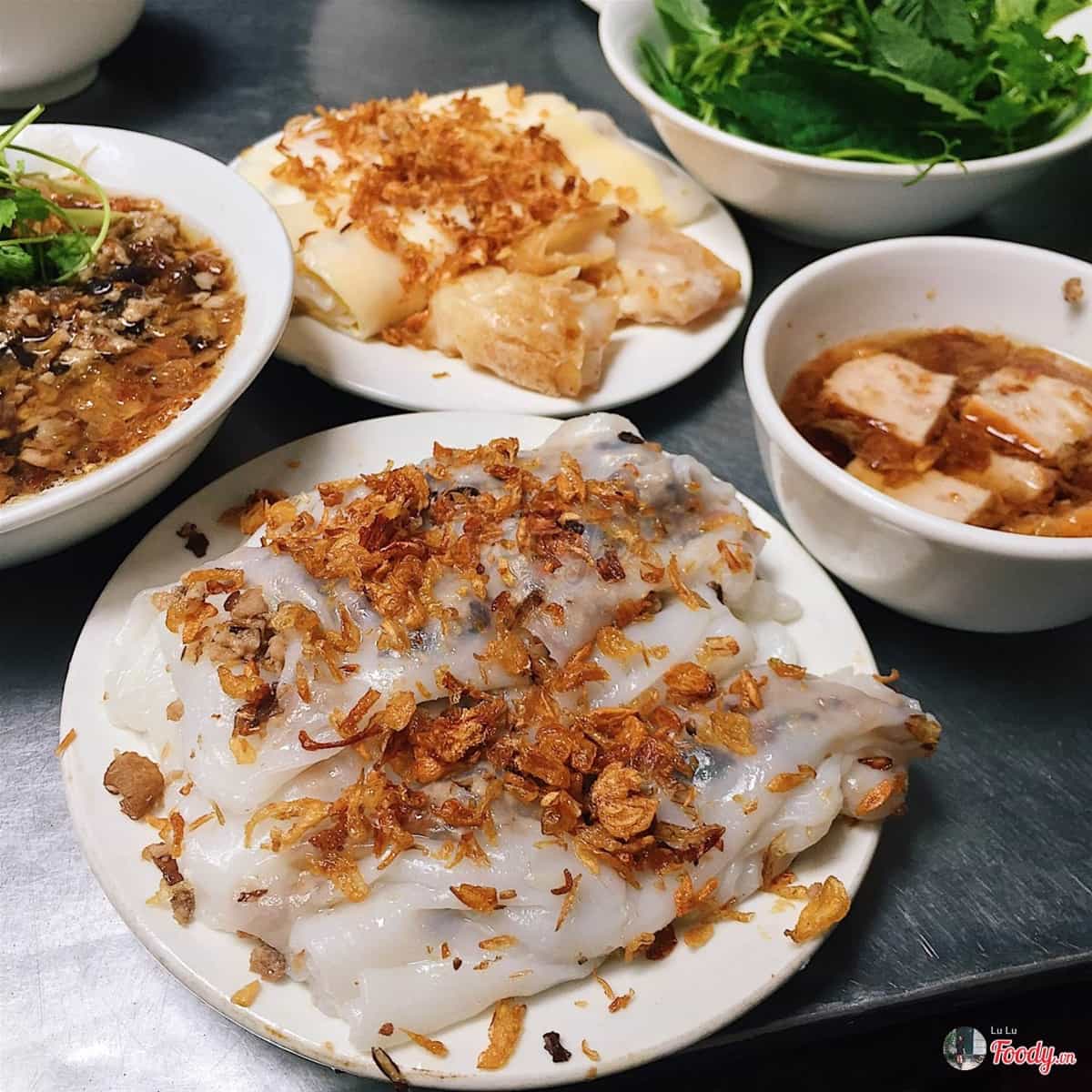
Around 8:00 pm, visit Hanoi Train Street Coffee. There’s a very unique attraction in Hanoi that wasn’t built for tourists at all. The Hanoi railway snakes through the city: a speeding train passes through a narrow street where people live, work and play. Local residents are playing checkers on the tracks one minute, and the next they’ve scooped up their belongings and moved to the very edge to let the train whizz past.
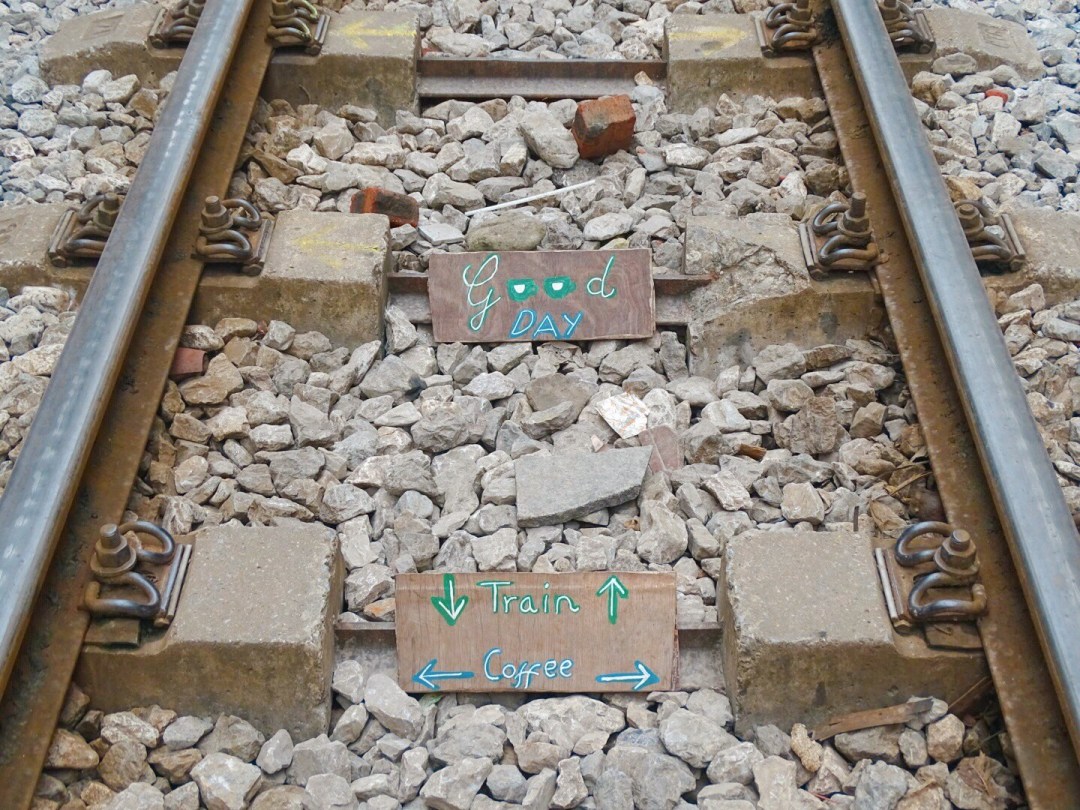
Day 4: Explore Hanoi city – Fly to Danang
With 1 day explore Hanoi, you can choose one of the following options:
Option 1: Hanoi Old Quarter – Ho Chi Minh Mausoleum Complex – One pillar Pagoda – Temple of Literature – Vietnam Museum of Ethnology – Back to Old Quarter to Hoan Kiem Lake & Ngoc Son Temple
Option 2: Hanoi Old Quarter – Hanoi Ancient House – Dong Xuan Market – Long Bien Bridge – Hoa Lo Prison
Recommend tour: Hanoi in a day tour , which covers all the must-see destination in Hanoi.
In the late afternoon, transfer to Noi Bai Airport to catch a evening flight to Danang.
Stay over night in Da nang
Day 5: Danang – Bana Hills/ w Golden Bridge
Now you will be at the centre of Vietnam.
Spend your whole day at Bana Hills. Located just 35 kilometers away from Da Nang city on Nui Chua mountain, Ba Na Hills is a favorite resort and tourist destination to domestic and foreign travelers alike. The name ‘Ba Na’ comes from Katu language of the local ethnic minority group residing in the area, which means ‘my mountain’. Nowadays, Ba Na Hills have turned into a totally top-notch tourist complex, constructed by Sun World Corporation. Coming to Ba Na Hills, you have the chance to admire the finest French architecture and enjoy most exciting entertainments. See comprehensive travel guide to Bana Hills and Golden Bridge
Around 4:00 pm, drive back to Da nang city. On the way back, visit Marble Mountains. The five mountains consist of rock outcrops that are made of marble. Each mountain is said to represent a natural element and is named accordingly to Water, Wood, Fire, Gold and Earth. The largest, Water, has a number of grottos and caves.
Stay overnight in Danang city
Day 6: Danang – Marble Mountain – Hoi An Ancient Town
On this 6th day of North and Central Vietnam trip, visit Hoi An Ancient Town which is well-known for its name ” the yellow city”. Despite having beautiful beaches and unique countryside villages, it is the unique Ancient Town that will make you fall in love with Hoi An.
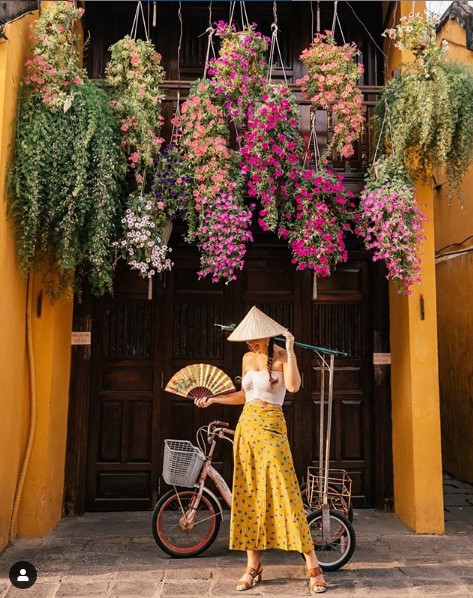
45-minute drive to Hoi An, start to explore the little enchanting port town of Hoi an, follow the narrow lanes lined with centuries-old houses influenced by Chinese, Japanese, French and European architectures and visit its numerous places of interest: the 400-year old Japanese Covered Bridge, the Phuc Kien Assembly Halls, the Tan Ky old house, the local market …
- Japanese Covered Bridge dated back to the 18th century and is a beautiful historical piece of Japanese architecture. It is claimed that it was created by the Japanese then living in Hoi An as a way to reach the Chinese quarter across the water. The bridge was opened by Nguyen Phuc Chu Lord in 1719 who carved three Chinese symbols above the door in commemoration.
- Phuc Kien Assembly Halls was built around 1690 and functions as a traditional assembly hall for the Chinese ethnic group from Fujian, China to socialize, but later was transformed into a temple dedicated to their deity named Thien Hau – the goddess of the sea who protects sailors from danger.
- Tan Ky old house is an almost perfect example of an 18th merchant’s residence in this major commercial port town. The name Tan Ky, meaning “Progress Shop”, was given to the house by the second generation to express the owner’s wish for a prosperous business.
Around the town, you can see numerous art galleries and tailor shops. You are also free to get some made-to-order clothes if you like.
Grabbing a banh mi, or “baguette sandwich,” and a Vietnamese coffee on the sidewalk, both adding up to a little over a dollar, will fill you up for the rest of your walk.
Stay overnight in Hoi An.
Hoi An at night is extremely beautiful at night with shimmering lanterns as well as folk dance and live music performance. Watch as candle-lit lanterns float down the Thu Bon River or buy a lantern and release it with a wish by yourself are also amazing experiences. See more things to do in Hoi An at night
Day 7: Hoi An countryside – Be a Vietnamese farmer in 1 day
On this morning, drive to Hoi An Market (around half an hour from Hoi An center), you can feel the bustle of the morning market, have an opportunity to have direct contact with local sellers. You might also have a chance to learn some tips of “bargaining” when going shopping for your upcoming cooking class.
Take a sightseeing tour along the Thu Bon River and Cua Dai beat by boat. On the river, you have a chance to enjoy the river beauty in the countryside of Vietnam.
Next, join a basket boat tour and get some loveable handmade souvenirs made from nipa palm leaves.
We will welcome you in our restaurant, for welcome drink, here you will join and paint on bamboo class by yourself.
In the end, start the cooking class with our chefs. Within two hours, the chef will teach you how to cook Vietnamese cultural cuisine. Then you can enjoy Vietnamese food made by yourself.
Stay overnight in Hoi An
Day 8: Danang Departure
Back to Danang from Hoi An around 8 or 9 AM, if time is allowed, you can visit Han Market – the biggest & oldest market in Danang to buy some souvenirs or gifts.
Transfer to the airport for flight back home.
Best time to visit North and Central Vietnam
An ideal time to visit North Vietnam is between August to March when it isn’t too humid and not yet cold. Hanoi – the capital of Vietnam tends to be really hot in the summer and really cold in the winter.
While central Vietnam with tropical wet climate or a tropical monsoon and trade-wind littoral climate is almost hot all year round. Drier months last from November to April while in summer months the region suffers from storms and flooding.
Basically, the best time to visit North and Central Vietnam is from November to March.
Tips to travel North and Central Vietnam
Vietnam is one of Asia’s fastest growing countries, and as a result, the cost of visiting is going up every year. Despite this, it’s still possible to travel in Vietnam on a tight budget of $40 or less per day, or enjoy a more comfortable trip for $60 to $100 per day.
For a five-star experience in Vietnam, it’s best to budget $200 or more per day – roughly the same amount as you’d spend in nearby countries like Thailand.
Recommended tours to North and Central vietnam in 8 days
Private Hanoi – Halong – Danang – Hoi An tour 8 days from only US$ 762 US$ 678 per person




